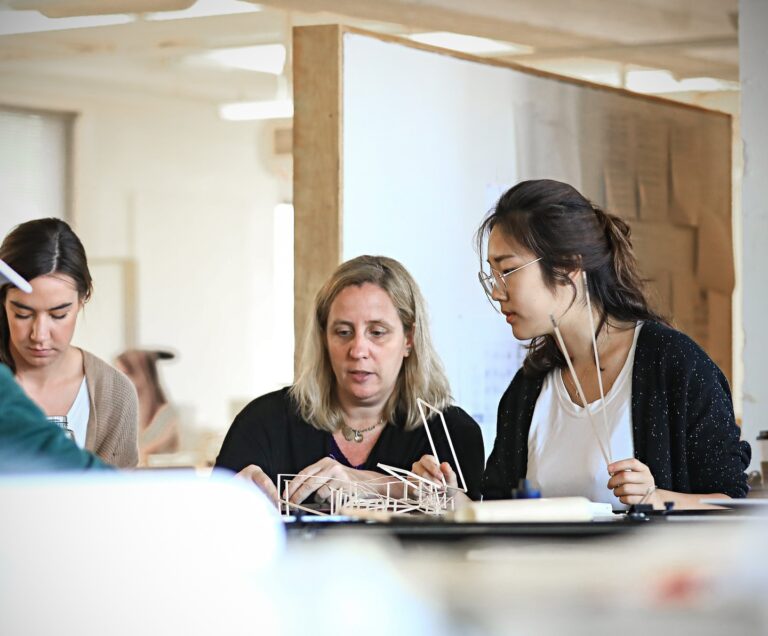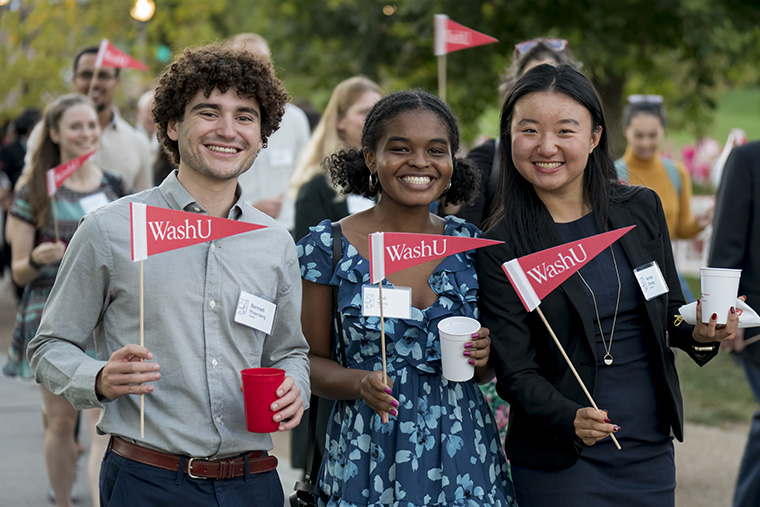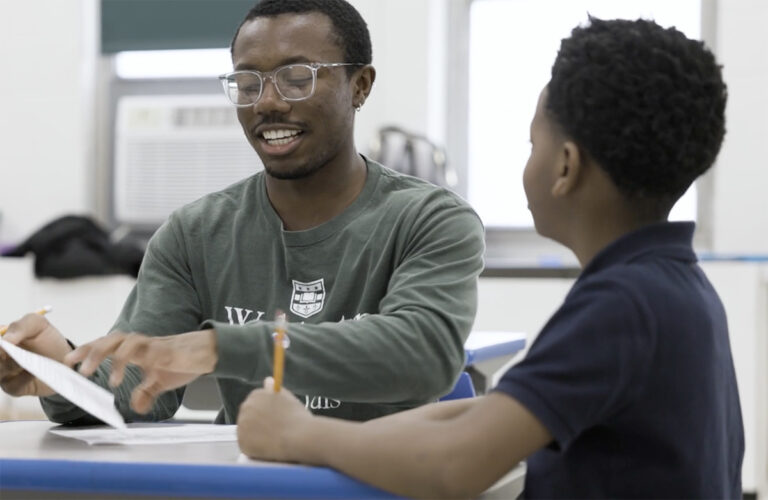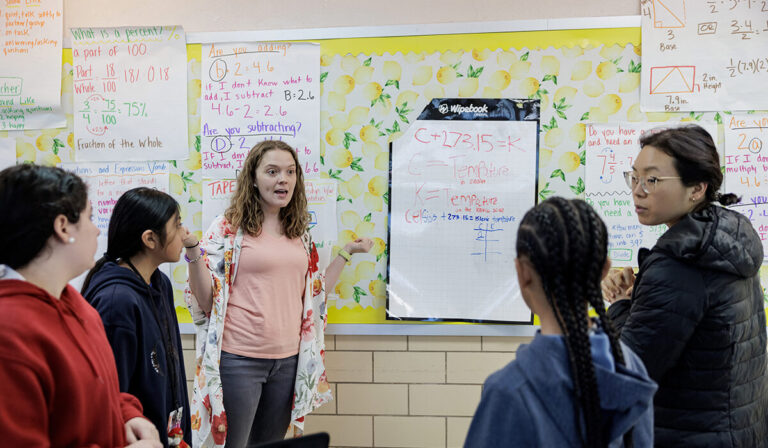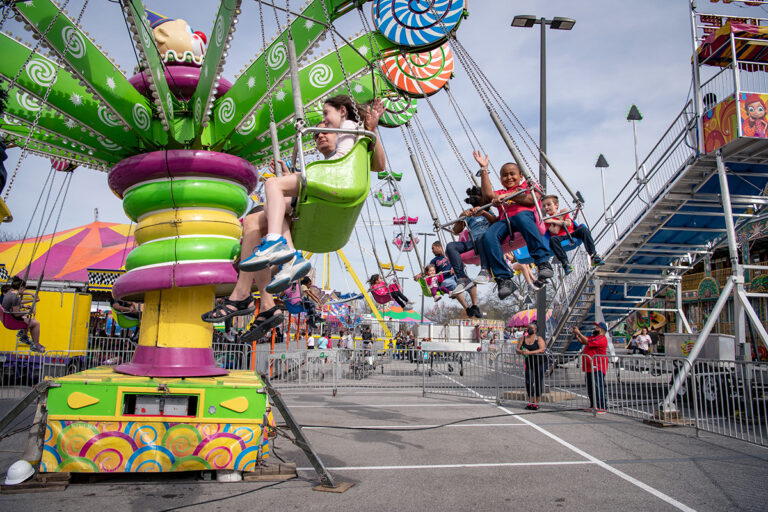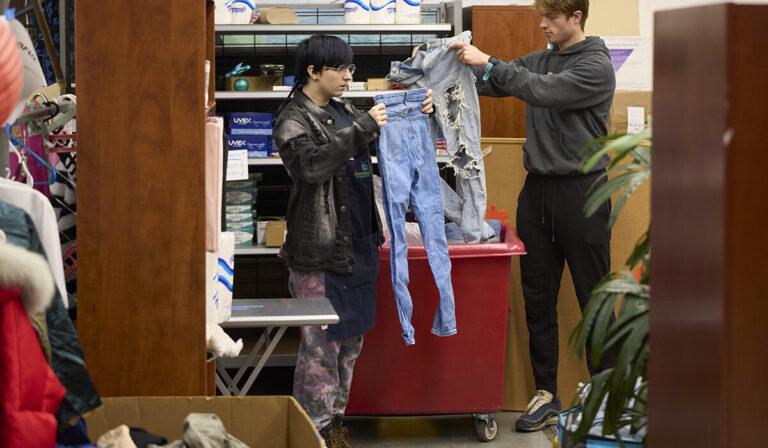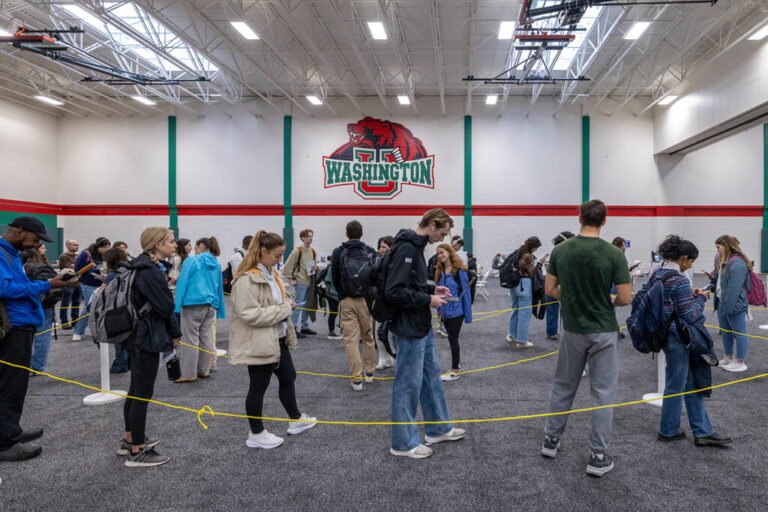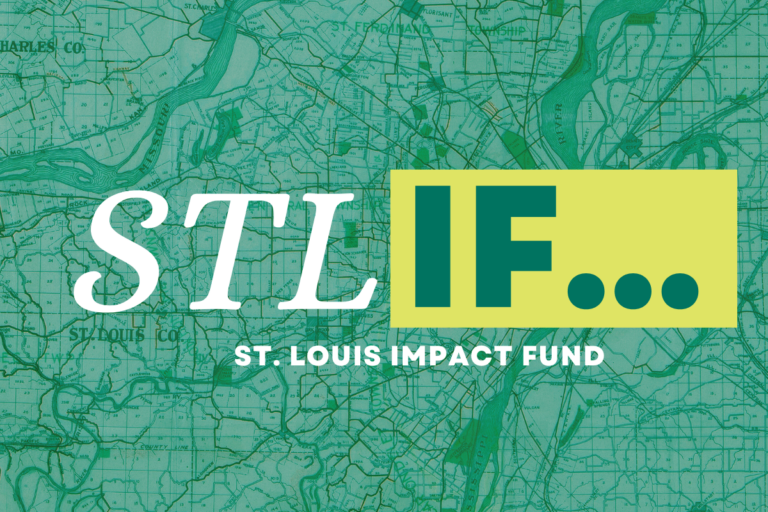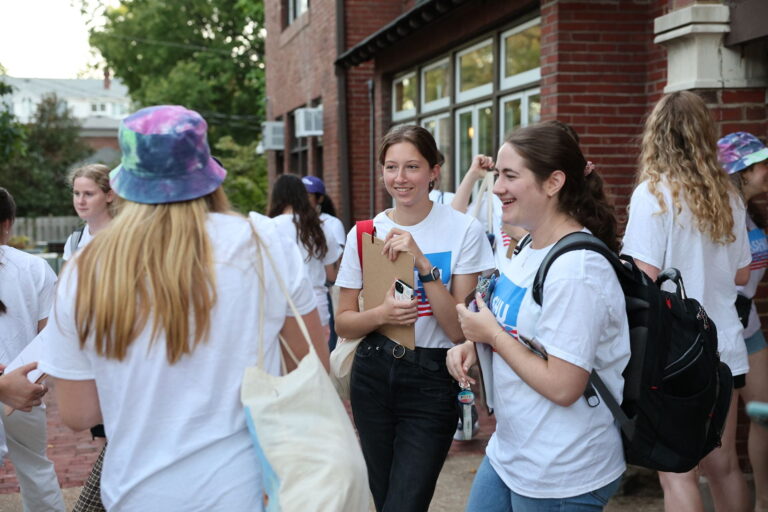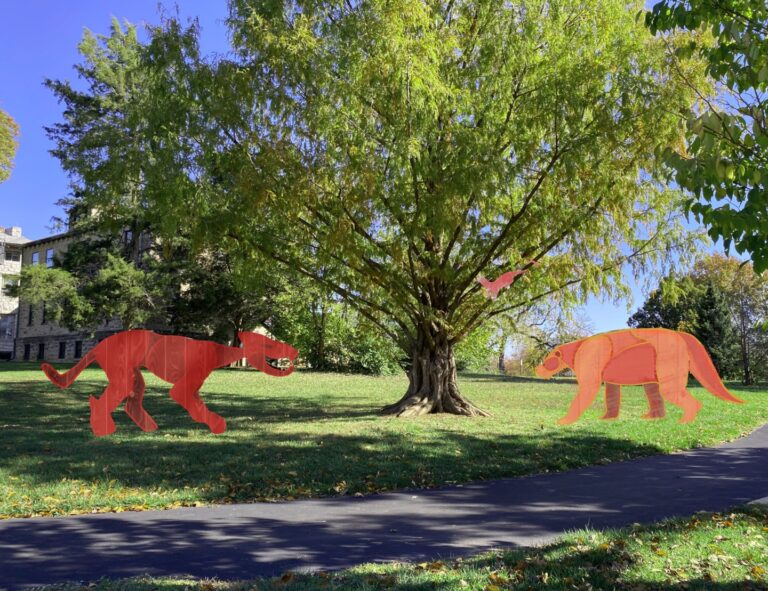Freixas’ research project Segregation by Design to receive Provost Impact Award
Associate Professor Catalina Freixas has received a Provost Impact Award through WashU’s Confluence Collaborative for her research project, Segregation by Design. She was selected from more than 70 nominations and dozens of applications. Segregation by Design is a long-term, community-engaged project that analyzes racial segregation in American cities, using St. Louis as a starting point to study causes, effects, and mitigation strategies for residential segregation. The three pillars of the project are: analyzing historical and structural causes of segregation, implementing innovative neighborhood-based strategies for urban stabilization and revitalization, and promoting a sense of shared identity among St. Louis residents.
